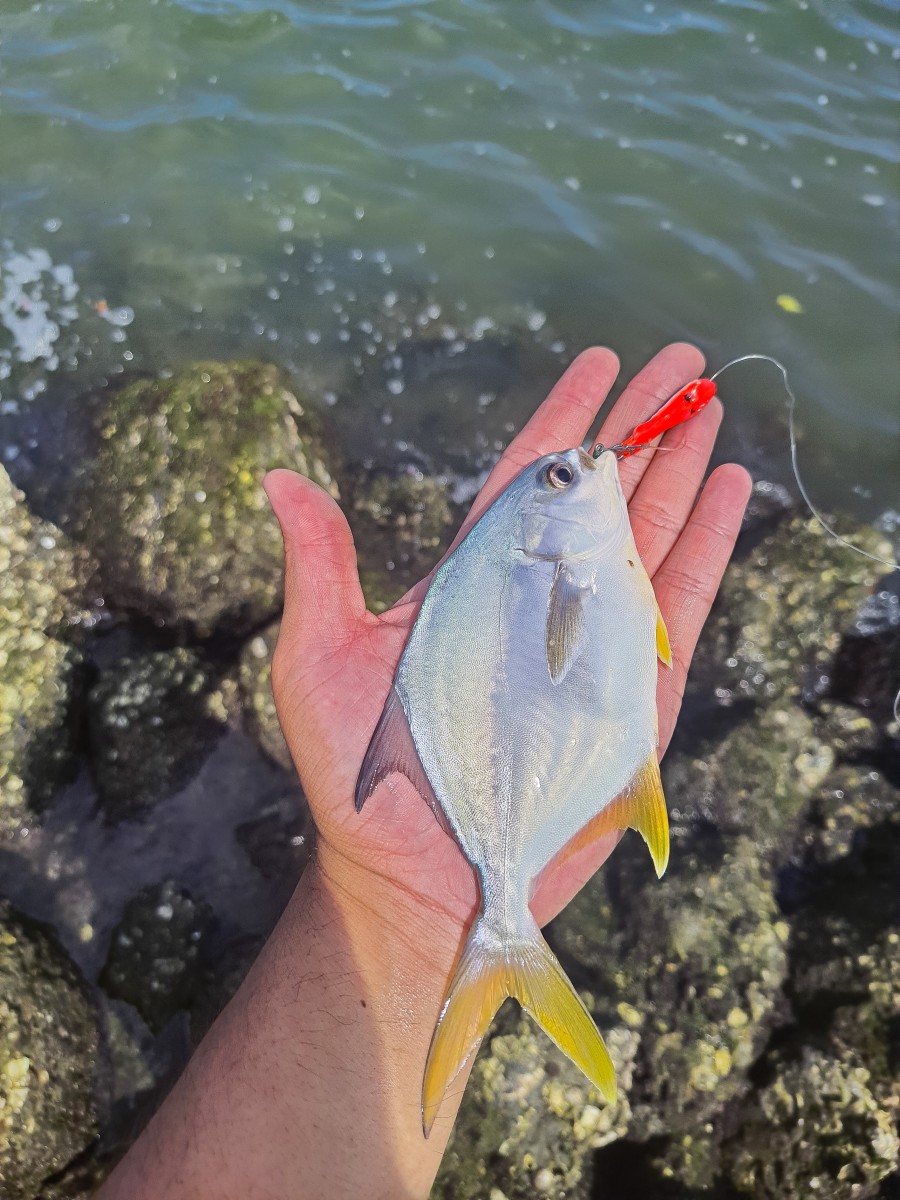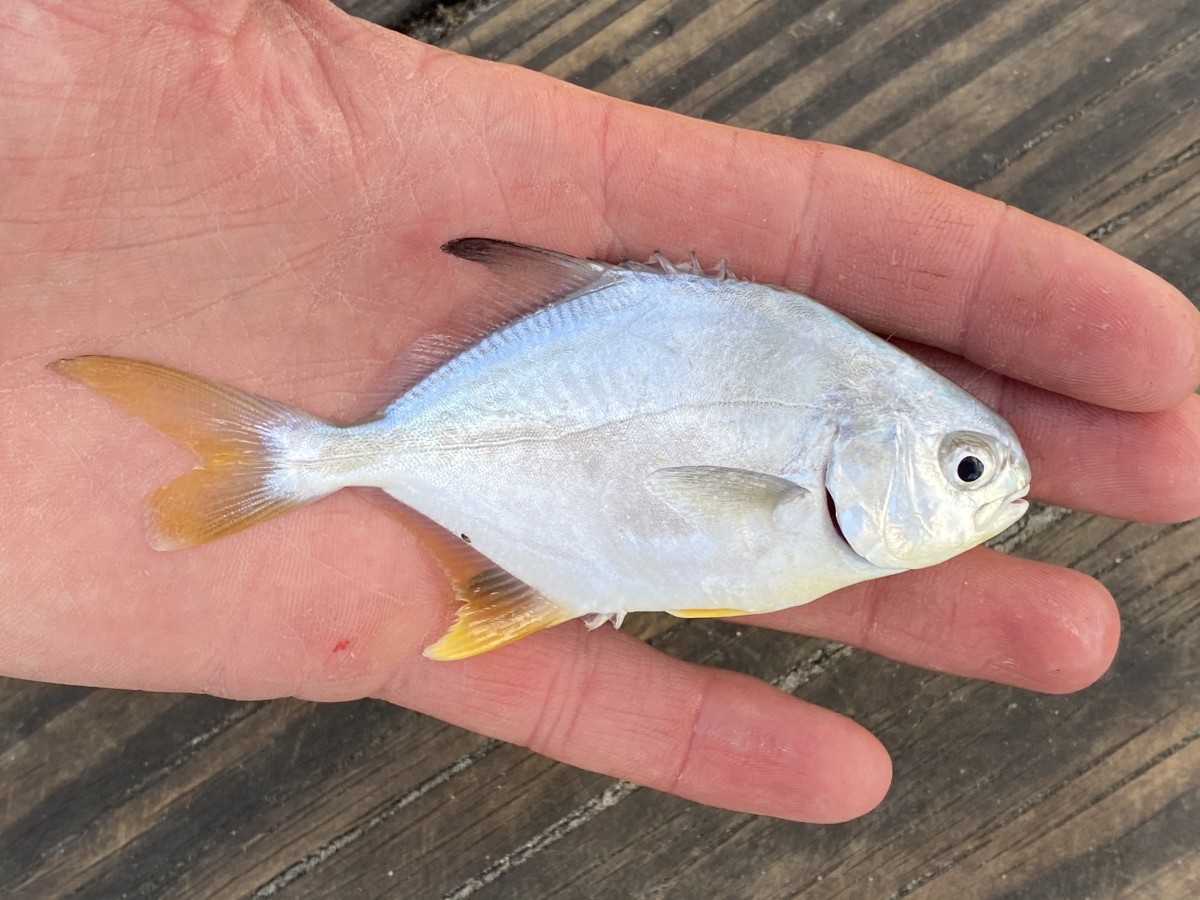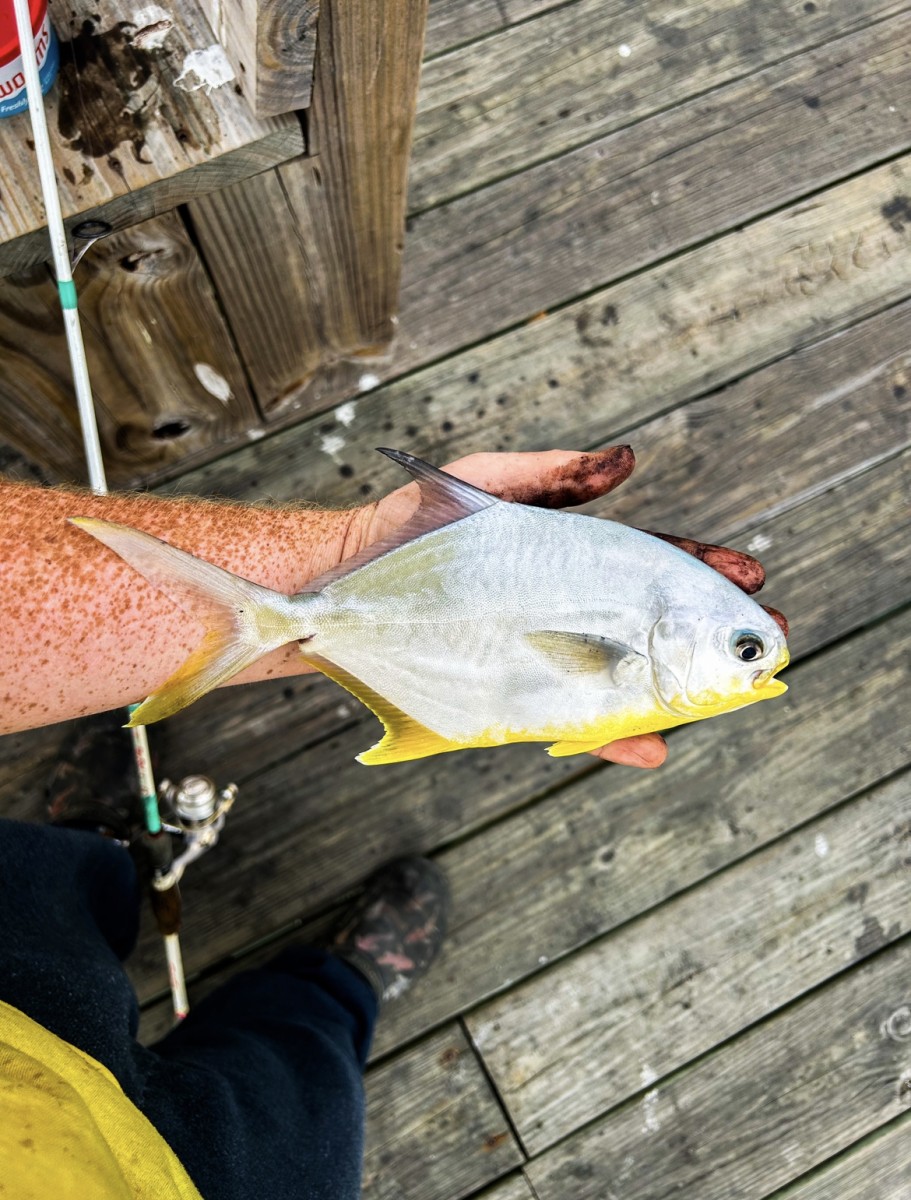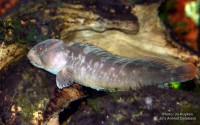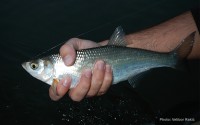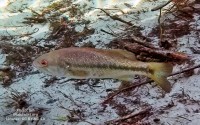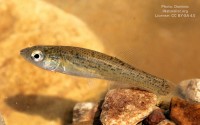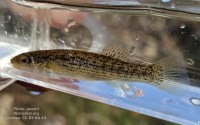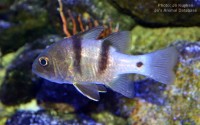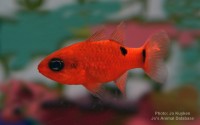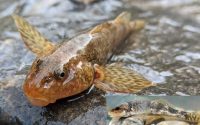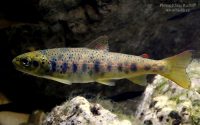Florida pompano
(Trachinotus carolinus)
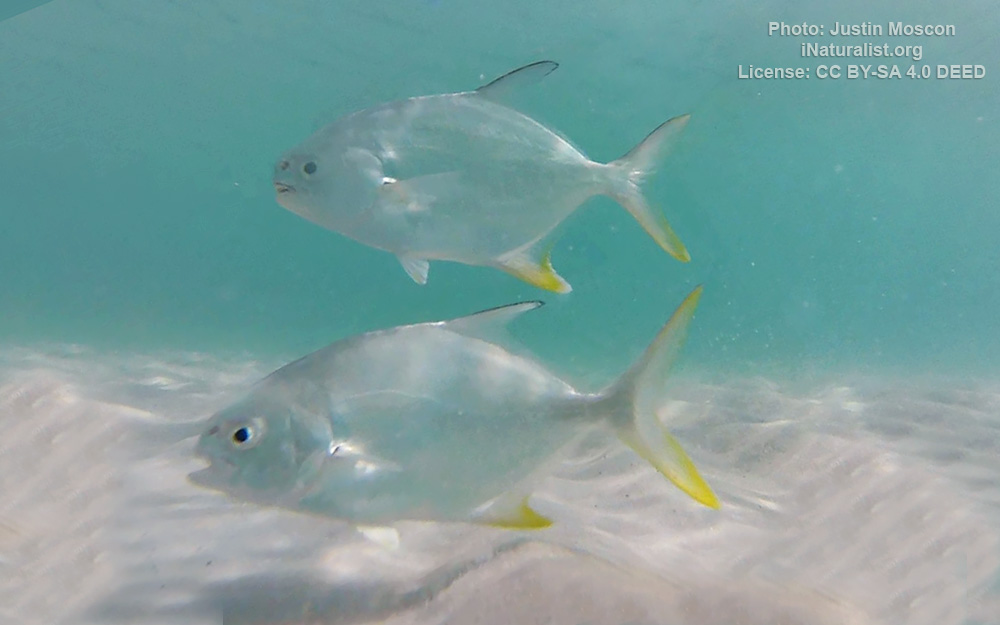
Image source: Justin Moscon | inaturalist.org
Classification
General data
It has a compressed body and short snout; coloration varies from blue-greenish silver on the dorsal areas and silver to yellow on the body and fins.
Most Florida pompano caught weigh less than 3 lb (1.4 kg) and are less than 17 in (43 cm) long, though the largest individuals weigh 8–9 lb (3.6–4.1 kg) and reach lengths up to 26 in (66 cm).
Because it is fast-growing and desirable for food, the pompano is one of the many fish that is currently being farmed through aquaculture.
The different kinds of pompano include African, Cayenne, and Florida. The Florida pompano (T. carolinus) is part of the jack family. It is very similar to the permit (Trachinotus falcatus). It has a deeply forked tail and is blue-greenish silver with yellow on the throat, belly, and pelvic and anal fins. The first dorsal fins are low, with about six separate spines. The first spine may be reabsorbed in a larger fish. The second lobes on the dorsal and anal fins have a lower anterior. There are 20-24 anal fin rays. It is a compressed fish with a deep body and a blunt snout.
The adult Florida pompano is typically found in more saline areas and relatively warm waters (70-89 °F), so it migrates northward in the summer, and toward the south in the fall. Despite its name, the range of the Florida pompano extends from Massachusetts to Brazil, but it is more common in areas near Florida. During the summer, it can be found near Sebastian, Cape Hatteras, and the Gulf of Mexico. It is more common near oil rigs, Palm Beach, and Hobe Sound during the winter. It can also be found near the Virgin Islands year round.
Its habitat is surf flats, and it tends to stay away from clear water regions, such as the Bahamas.[8] Pompanos are very fast swimmers and live in schools. They are bottom feeders. They have very short teeth and feed on zoobenthos and small clams.
